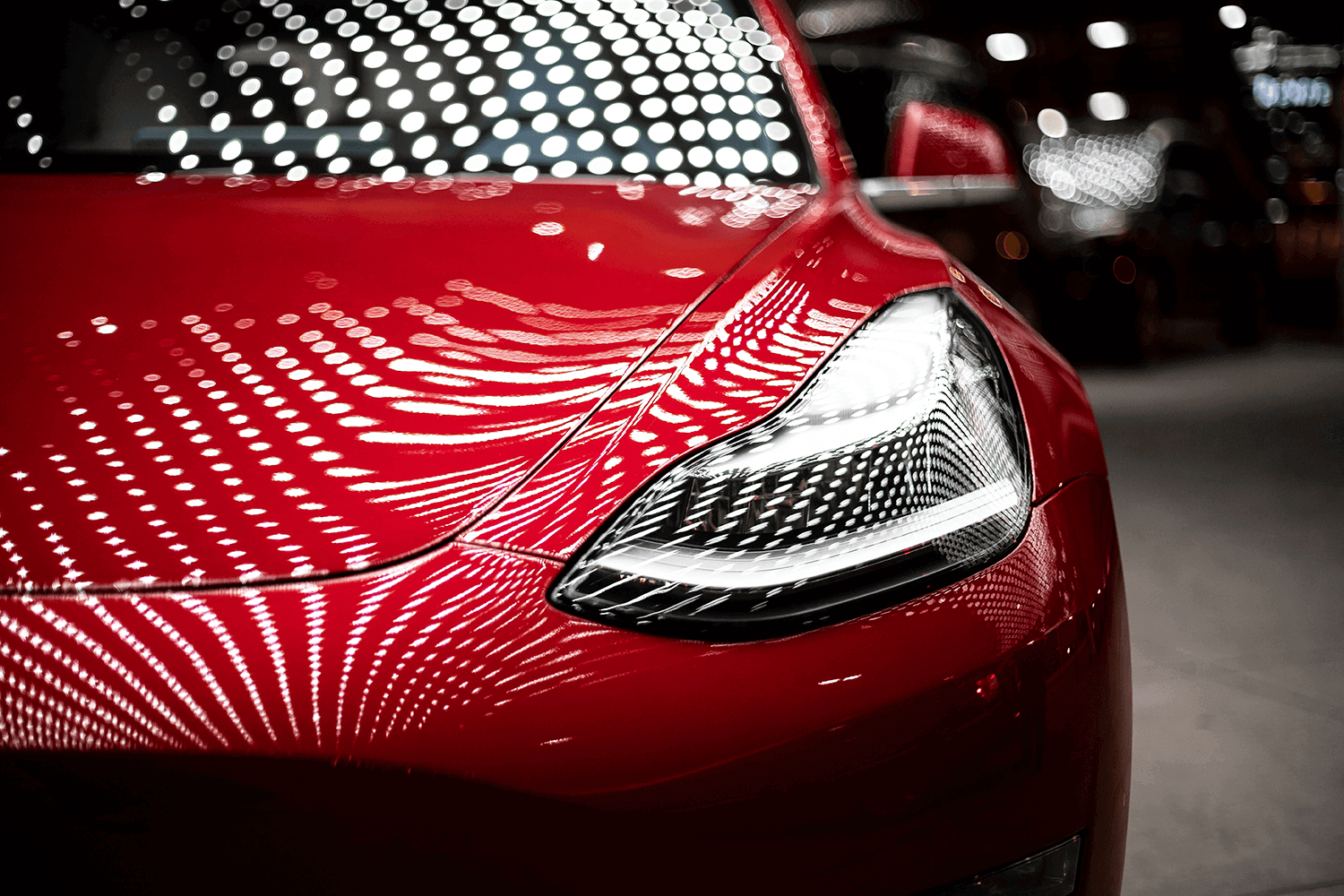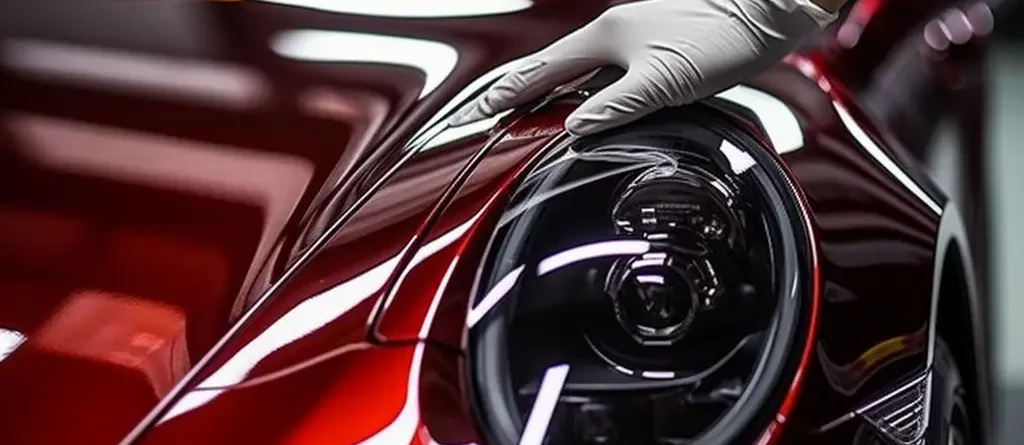Top 5 Myths About Ceramic Coating Explained
Top 5 Myths About Ceramic Coating Explained
Blog Article
Ceramic Finishing vs. Traditional Wax: Which Supplies Better Security?
The argument between ceramic finish and standard wax for lorry defense is one that merits cautious evaluation, particularly in terms of sturdiness, resistance to environmental aspects, and overall upkeep requirements. While ceramic coatings promise expanded longevity and remarkable defense versus a range of threats, traditional wax may appeal to those seeking an extra affordable, albeit short-term, service.
Review of Ceramic Finish
Ceramic layer has gained considerable popularity among automobile lovers and professionals alike for its innovative safety top qualities. This cutting-edge service includes a fluid polymer that chemically bonds to the automobile's factory paint, developing a long lasting layer of protection. Unlike typical wax, which generally lasts for a few weeks to months, ceramic finishings can offer durable protection for numerous years, depending upon the product used and application approach.

While the initial expense of ceramic finishing might be greater than that of traditional wax, the long-term advantages, consisting of sturdiness and reduced upkeep regularity, often validate the investment. As automobile technology remains to progress, ceramic coatings have become a preferred selection for those seeking optimal security and longevity for their cars.
Introduction of Typical Wax
The appeal of conventional wax depends on its simpleness and ease of use, making it a preferred choice among automobile owners seeking to boost their lorry's appearance and provide a fundamental level of defense. Typically stemmed from all-natural carnauba or artificial polymers, conventional wax creates a slim protective layer over the paintwork. The application procedure is uncomplicated, commonly including a straightforward rubbing with a microfiber cloth, making it easily accessible to both novice and experienced users.
Traditional wax products are offered in various formulas, each designed to accommodate particular needs, such as enhancing sparkle or offering water beading. The adaptability of wax permits use on different surfaces, including paint, glass, and also plastic trim. While the application can be done by hand or maker, the trick is to guarantee a clean surface for ideal adhesion.
Nevertheless, one notable attribute of typical wax is its fairly brief life-span compared to modern options. Usually providing defense that lasts from a couple of weeks to a few months, regular reapplication is required to maintain its performance. In spite of these constraints, typical wax remains a prominent option for cars and truck enthusiasts who value the aesthetic improvement it supplies.
Trick Security Functions
When taking into consideration paint defense for automobiles, it's necessary to comprehend the key functions that distinguish typical wax from more innovative choices like ceramic layers. One of the key protective attributes of ceramic coverings is their durability. Unlike wax, which usually lasts a few weeks, ceramic coatings can sustain for a number of years, offering long-lasting protection versus environmental impurities.
Ceramic finishes create Resources a hydrophobic surface, pushing back water and protecting against dirt, crud, and various other debris from sticking to the paint. This function not just improves the car's look yet additionally minimizes the frequency of cleaning. Additionally, ceramic layers use remarkable UV protection, protecting the paint from hazardous sunlight exposure that can lead to fading and oxidation.
In comparison, conventional wax gives a more short-term obstacle against components yet lacks the resistance to scrapes and chemical discolorations that ceramic coverings use. While wax can enhance gloss, its protective capacities are restricted, especially against harsher environmental factors such as bird droppings, tree sap, and road salt. In recap, the crucial security attributes of ceramic pop over to this site coatings substantially beat those of standard wax, making them a remarkable choice for resilient lorry treatment.
Application Process Comparison

On the other hand, the application of ceramic finishings is much more time-sensitive and complicated, frequently requiring expert support for optimal outcomes. The car's surface area should be carefully cleaned, decontaminated, and polished to eliminate imperfections prior to the coating is applied. As soon as prepared, the finishing is used in several layers, with each layer needing details curing times, frequently improved by warm lights. This precise process can extend numerous hours to multiple days, depending on the variety of layers and wanted surface.
Ultimately, the option between wax and ceramic covering pivots not just on protection levels yet likewise on the time, expertise, and sources offered for their respective applications. - ceramic coating
Expense Evaluation and Long Life
Price plays a substantial function in the decision-making process between ceramic coatings and traditional waxes. Ceramic finishes typically regulate a higher ahead of time investment, varying from $500 to $2,000 relying on the top quality, brand name, and expert application services. This first price can be credited to the advanced modern technology and materials utilized in ceramic formulations, which provide premium durability and protection.
In contrast, conventional waxes are a lot extra budget-friendly, typically setting you back in between $20 to $100 for DIY applications. The long life of wax products is limited, frequently requiring reapplication every couple of months to maintain their protective high qualities. This reoccuring expenditure can gather with time, making wax less affordable over time.
Ceramic finishes, while more pricey at first, supply durable outcomes, usually exceeding two to 5 years with correct maintenance. This longevity can offer significant financial savings over time, specifically for car owners who prioritize security and visual preservation - ceramic coating. Ultimately, the option between ceramic layers and conventional waxes need to think about both initial expenses and long-lasting worth, factoring in the maintenance needs and desired defense degree for the car
Verdict
In recap, ceramic finishings give superior security for automobile paint contrasted to traditional wax, offering enhanced toughness, resistance to environmental elements, and hydrophobic properties. While the first investment for ceramic coverings is higher, their longevity and minimized upkeep demands warrant the cost. Inevitably, my website for those seeking long-lasting automobile care and security, ceramic finishings represent a more reliable solution than conventional wax, which supplies just temporary benefits.
The argument in between ceramic coating and traditional wax for vehicle defense is one that advantages careful evaluation, particularly in terms of resilience, resistance to environmental aspects, and general maintenance requirements.When taking into consideration paint defense for automobiles, it's vital to recognize the essential features that identify standard wax from more innovative choices like ceramic finishings. In recap, the key security features of ceramic finishes considerably beat those of typical wax, making them an exceptional choice for long-lasting automobile treatment.
Inevitably, the selection in between conventional waxes and ceramic coverings need to consider both initial prices and lasting value, factoring in the maintenance needs and desired defense degree for the lorry.
In summary, ceramic coverings give exceptional security for lorry paint contrasted to typical wax, offering improved longevity, resistance to ecological aspects, and hydrophobic homes.
Report this page